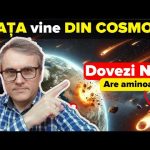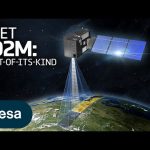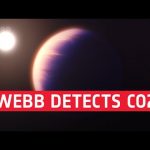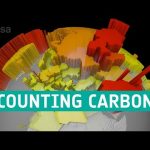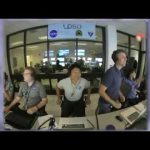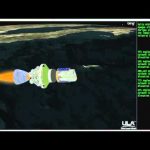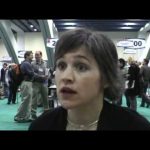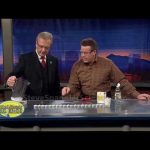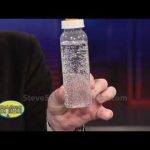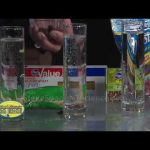🔸 SUSȚINE ȘI TU DIRECT ACTIVITATEA MEA ►https://patreon.com/cristianpresura
🔸 DEVINO YOUTUBE MEMBRU ►https://bit.ly/35Q8vXC
🔸 PAYPAL ► paypal.me/cristianpresura
🔸 DONORBOX ► https://donorbox.org/cristianpresura
❗TikTok ► https://www.tiktok.com/@cristian.presura
❗Facebook ► https://www.facebook.com/presura
❗Facebook page ► https://www.facebook.com/stiintaclub
❗Instagram ► https://www.instagram.com/cristianpresura/
❗Twitch ► https://www.twitch.tv/cristian_presura
❗Discord ► https://www.discord.gg/presura
❗Reddit ► https://www.reddit.com/r/presura/
📙 Carte ► “Fizica Povestita”: https://bit.ly/2YsKaAc
📙 Carte ► “O calatorie prin Univers”: https://bit.ly/3pdOfGp
📙 Carte ► “Care e diferența dintre un copil și un laptop?” https://bit.ly/3h4auLZ
🔊 Spotify Podcast ► https://spoti.fi/3dbvYo6
🔊 MixCloud Podcas ► https://www.mixcloud.com/StiintaClub/
❗Asociația “Știinta pentru toți” ► https://www.presura.ro/
algoritm:”Analiza mostrelor aduse de pe asteroidul Bennu susține teoria panspermiei și abiogeneza, descoperind aminoacizi și baze azotate, esențiali în formarea vieții. Misiunea NASA OSIRIS-REx a adus dovezi prețioase pentru studiul chimiei prebiotice și originile vieții. Amoniacul, aminoacizii și compușii organici de pe Bennu ar fi putut contribui la apariția vieții pe Pământ. timp de 1m 9s
Recentele descoperiri aduse de misiunea OSIRIS‐REx a NASA, care a colectat mostre spațiale de pe asteroidul Bennu, reprezintă o capsulă a timpului ce păstrează chimia prebiotică din sistemul solar de acum 4,5 miliarde de ani. Aceste mostre dezvăluie compuși organici, inclusiv 14 din cei 20 de aminoacizi esențiali pentru sinteza proteinelor, precum și toate cele cinci baze azotate (adenină, timină, guanină, citozină și uracil) ce stau la baza ADN-ului și ARN-ului. Astfel, Bennu devine un laborator natural al chimiei cosmice, confirmând existența ingredientelor de bază ale vieții și susținând ipoteza abiogenezei, conform căreia viața a apărut spontan din materie anorganică.
În plus, analiza moleculelor volatile, precum amoniacul, evidențiază reacții chimice complexe, similare cu experimentul Miller, care a demonstrat formarea aminoacizilor în condiții primordiale. Pe lângă carbon, azot, fosfați și sulfați, Bennu conține aproximativ 16.000 de formule moleculare diferite, oferind o privire detaliată asupra proceselor care au contribuit la evoluția chimică a materiei în mediul cosmic. Aceste descoperiri susțin teoria panspermiei, care presupune că asteroizii ar fi putut aduce ingredientele vieții pe Pământ, contribuind la apariția primelor molecule prebiotice.
Aceste descoperiri aduc o nouă lumină asupra dezbaterilor dintre perspectivele religioase și cele științifice privind originea vieții. În timp ce miturile despre creație susțin intervenția divină, datele din Bennu demonstrează că procesele chimice complexe și reacțiile organice au avut loc natural în univers. Astfel, experimentul Miller și evoluția chimică din sistemul solar se împletesc pentru a explica cum viața a putut să apară din materie simplă, contribuind la evoluția microorganismelor.
În esență, Bennu reprezintă dovada că elementele fundamentale ale vieții – aminoacizi, proteine, baze azotate și molecule volatile – au evoluat și s-au combinat pentru a da naștere vieții pe Pământ, marcând un pas important în înțele”
#stiinta #fizica #science #tehnologie #technology #cristianpresura #invatapeyoutube
